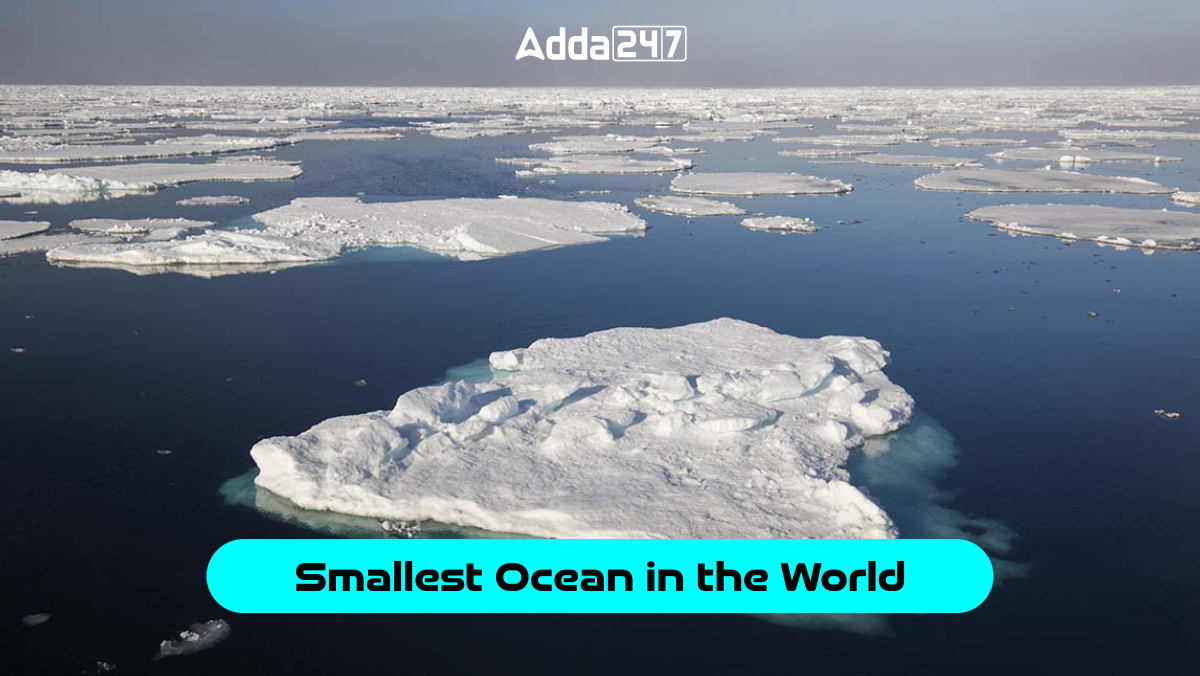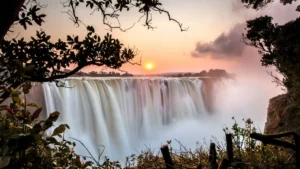Smallest Ocean in the World
Among the world’s five ocean basins, the Arctic Ocean hold the distinction of being the smallest ocean of the world. This icy realm hosts a diverse array of extraordinary wildlife, including the iconic polar bear. Spanning roughly 6.1 million sq. miles, it is about 1.5 times the size of the United States. Not only is it the smallest, but it is also the Earth’s coldest and least salty ocean, making it truly unique in its attributes.
Smallest Ocean of the World – Location
Nestled at the North Pole, the Arctic Ocean is encircled by the landmasses of Eurasia, Greenland and North America. Despite its modest size, it holds the distinction of being the shallowest of the world’s oceans. The ocean’s total area spans approximately 14,060,000 sq. km and it is often affectionately referred to as the “Arctic Mediterranean Sea” by the International Hydrographic Organization.
The Icy Wonderland
The Arctic Ocean’s defining feature is its icy cloak. It remains the coldest of all the Earth’s oceans and is perpetually covered in ice. This ice takes on three distinct forms: polar ice, pack ice and fast ice, which collectively create a breathtaking, frozen world.
World’s Smallest Ocean – Depths and Volumes
Within this northern wonder lie numerous bays, straits and seas, each with its own character and significance. Among them are the Barents Sea, Norwegian Sea, Greenland Sea, Chukchi Sea, Iceland Sea, East Siberian Sea, Hudson Bay and Baffin Bay, contributing to the Arctic Ocean’s rich and diverse ecosystems.
The Bering Strait Connection
Connecting the Arctic Ocean to the Pacific Ocean is the narrow but vital Bering Strait, bridging the waters of the North with those of the Pacific. This connection plays a crucial role in the exchange of marine life and ocean currents between the two regions.
Environmental Significance
In spite of its small size, the Arctic Ocean’s influence on our planet is immense. Its icy expanses have a profound impact on global climate patterns and its unique ecosystems provide a haven for an array of wildlife, from polar bears to various species of seals and marine birds.
Oceans of the World
There are 5 oceans in the world in total, constituting approximately 70% of the planet’s surface, are integral components of the hydrosphere. Interconnected and essential, there are five primary oceans worldwide. The dynamic movements of ocean waters involve waves, tides and currents, collectively shaping the vast aquatic landscapes. The 5 oceans of the world are:
- Pacific Ocean
- Atlantic Ocean
- Indian Ocean
- Arctic Ocean
- Antarctic Ocean
Among these oceans, Pacific Ocean stands as the largest ocean of the world while the Arctic Ocean stands as the smallest ocean of the world.
Find More General Studies News Here




 Which Lake is known as the Five Flower L...
Which Lake is known as the Five Flower L...
 Which Waterfall is known as the Smoke th...
Which Waterfall is known as the Smoke th...
 Which Country Invented the Cricket?
Which Country Invented the Cricket?







